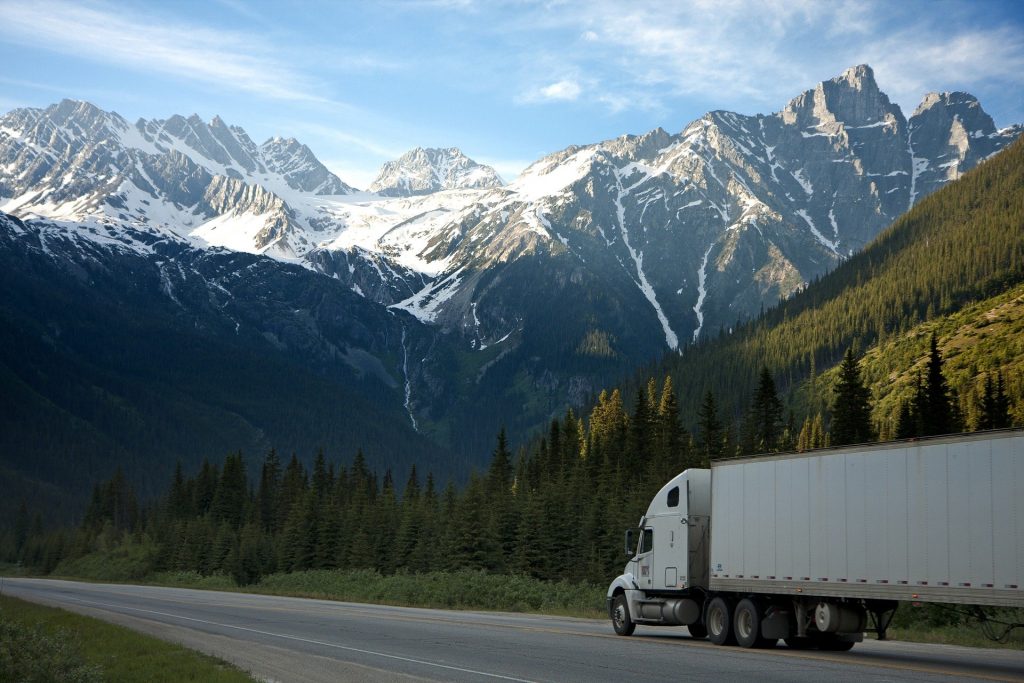Fuel efficiency is one of the most important factors in today’s road transport. Even with hyper-efficient engines and electric cars taking the limelight, fuel is still a huge concern for professional drivers, given the fuel prices keep increasing by the day. However, unless your firm has decided to equip your heavy goods vehicle with an aerodynamic kit, the fuel efficiency is usually up to you. That being said, we have listed a few tips that should help you make the most of your fuel and save a substantial amount of money in the process.

Master Block Changing
Block changing gears is something that drivers do occasionally, without thinking. However, people do not do it nearly enough. Basically, master block changing entails missing out on gears that are not applicable to the speed you are driving at. So, rather than working the gears linearly up or down, you miss some and skip right to the gear you need to be in. For instance, you can skip from the second to the fourth gear, or to the third from the fifth. According to research, people who block change gears, especially when moving up tend to save more on fuel than those who do it linearly. That’s because the engine does not have to work harder in order to get through the unnecessary gears. This reduces the number of revs, thus saving money on fuel. Also, it means your hands are mostly on the wheel than on the gearstick, making the drive safer.
Cruise Control
Almost every car nowadays comes with some form of cruise control. This is a feature that helps keep the car at a constant speed, thus minimizing unnecessary revs, acceleration, and braking. Keep in mind that whenever you hit the accelerator, no matter how little, it uses fuel and these fluctuations can lead to unnecessary revolutions. With cruise control, you can save a substantial amount of fuel, especially over a long drive.
Leveraging Resistance
Resistance is something every driver experiences and the larger the vehicle, the higher the resistance. When you are hauling heavy goods over a long distance, resistance from the air, gradient as well as rolling resistance means higher fuel consumption to move the vehicle forward. While resistance is not a hard thing to combat, there are several things you can do in order to minimize the impact. A good start is to pick less hilly routes as it reduces gradient resistance. Get a set of low-rolling-resistance tyres for your heavy goods vehicle and ensure they are fully inflated at all times. These types of tyres can help you save up to 6% in fuel. However, keep in mind that every drop in 10 psi reduces this efficiency by 1%.
Avoid Standing Idle
It can be especially tempting during the colder months to leave your HGV training running so that it retains the heat as you take a break. However, every minute you spend idling your vehicle’s engine leads to wasted money in fuel. According to studies on idle engines’ fuel consumption, a conventional 420HP engine will use fuel at a 2 litres per hour rate when idling or stationary. These are certainly startling results, given the price of fuel nowadays. As such, think twice about leaving the engine running even when taking a quick break.
With these tips, you should be able to have a fuel-efficient journey on your HGV.